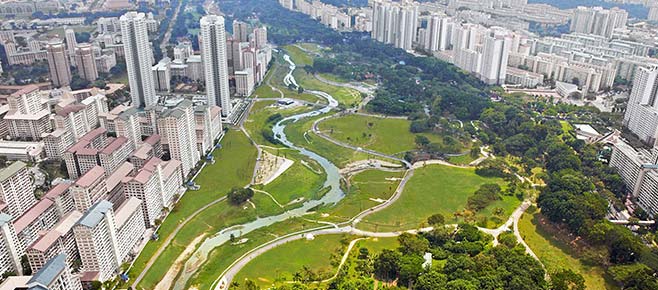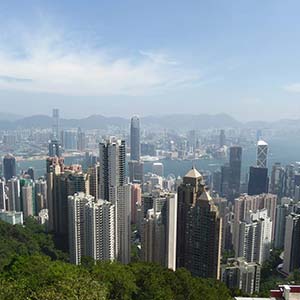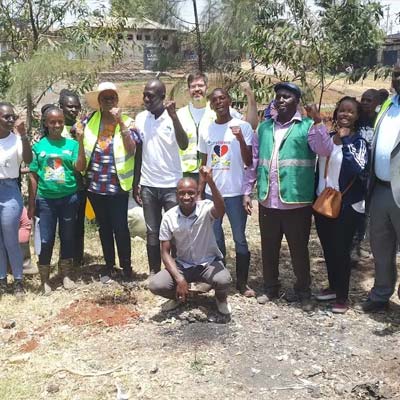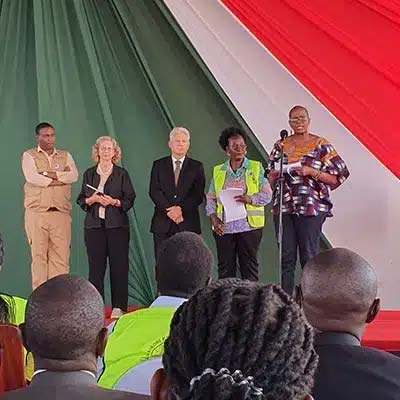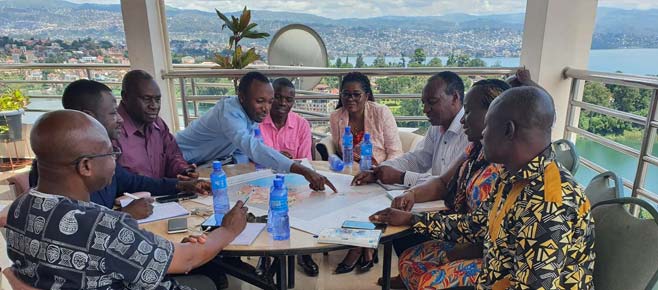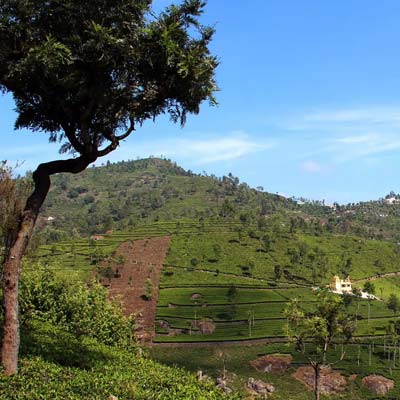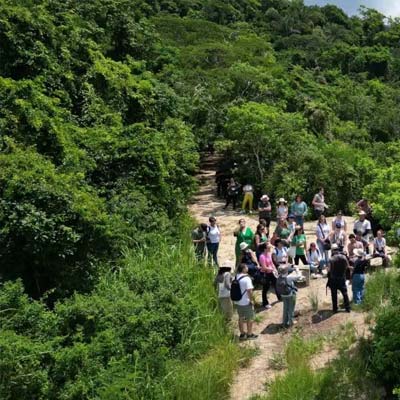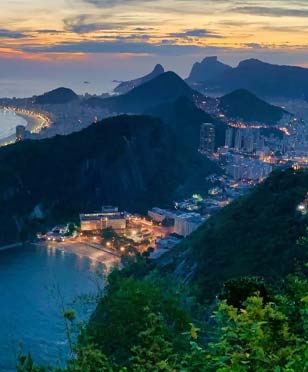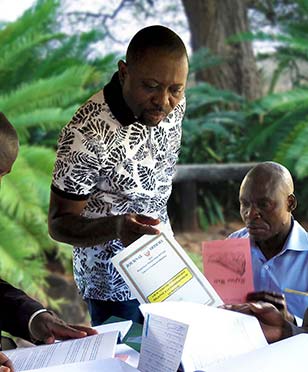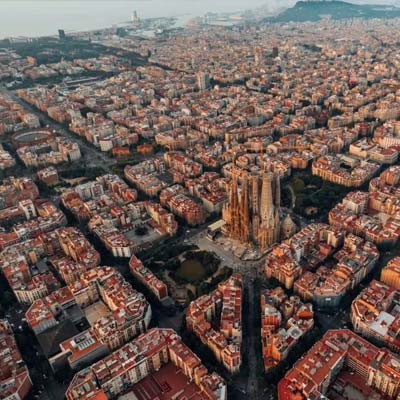The State Of India’s Urban Wetlands And Why They Need To Be Protected Urgently
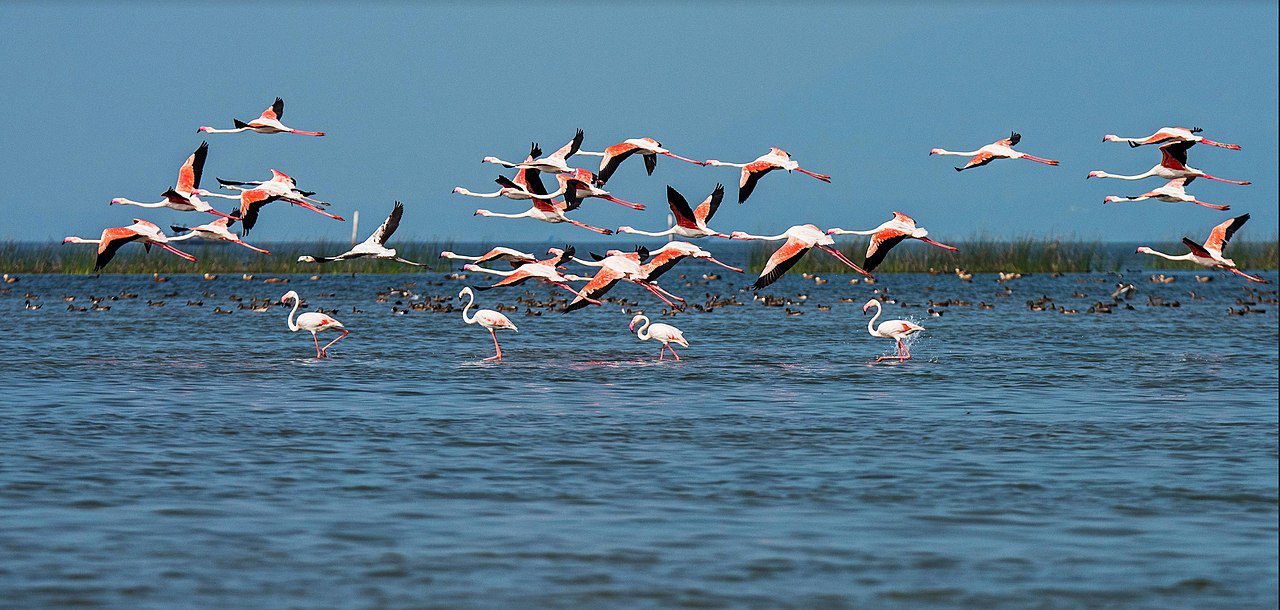
The ecosystem services of wetlands need to be highlighted in our development policies, urban planning and climate change mitigation.
Nearly 30% of the natural wetlands in India have been lost in the last three decades mainly to illegal construction, unsustainable urbanization, agricultural expansion and pollution, according to estimates by Wetlands International South Asia. Chennai lost 90% of its wetlands to unplanned urbanization, leaving the city to grapple with issues of water security and a degraded environment. Vadodara lost 30.5% of its wetlands between 2005 and 2018. Hyderabad lost 55% of its wetlands to inefficient waste management, rising pollution and unchecked urban development. Mumbai lost 71%, Ahmedabad 57%, Bengaluru 56%, Pune 37% and Delhi-National Capital Region lost 38% wetlands mainly to construction and eutrophication from pollution. In addition to urbanization needs, a lack of awareness and knowledge on wetlands and their ecosystem services can be blamed for this widespread loss.Room for development
The National Mission for Clean Ganga in January 2021 formulated a toolkit for the management of wetlands and water bodies in urban areas as well as studying the concerns of rapid urbanization. Later, on the occasion of World Wetland Day, a massive scientific and community-based program to develop health card and management of 10 wetlands in each of the 50-plus Ganga districts was launched by the Union Ministry of Jal Shakti (water resources). In June this year, the Delhi Development Authority invited public comments on Master Plan Delhi 2041 (MPD 2041) to protect and develop an integrated network of ‘green and blue assets’ of Delhi to maintain the biodiversity and microclimate of the capital. The plan also laid out strategies to enhance public connection with nature. It encourages residents and stakeholders to play a role in the protection and improvement of the green-blue assets to develop community ownership. The Delhi Development Authority (DDA) has already sent the plan to the Union Ministry of Housing and Urban Affairs for approval and is inching closer to getting it finalized soon. These are all steps in the right direction for India’s urban planning strategy. As urbanization is only likely to intensify, the country’s wetlands need to be safeguarded urgently. The Ramsar convention with 42 wetlands under its protection has helped some important sites since it came into force in India in 1982. However, conservation efforts mostly centered on the notified Ramsar sites ignore several other urban wetlands that are equally important. The Cities4Forests global campaign, which works closely with cities around the world to connect with forests, emphasizes the importance of wetlands and their multiple benefits to help combat climate change and protect biodiversity in cities.Wetlands not only support high concentrations of biodiversity but also offer a wide range of important resources and ecosystem services like food, water, fiber, groundwater recharge, water purification, flood moderation, storm protection, erosion control, carbon storage and climate regulation.
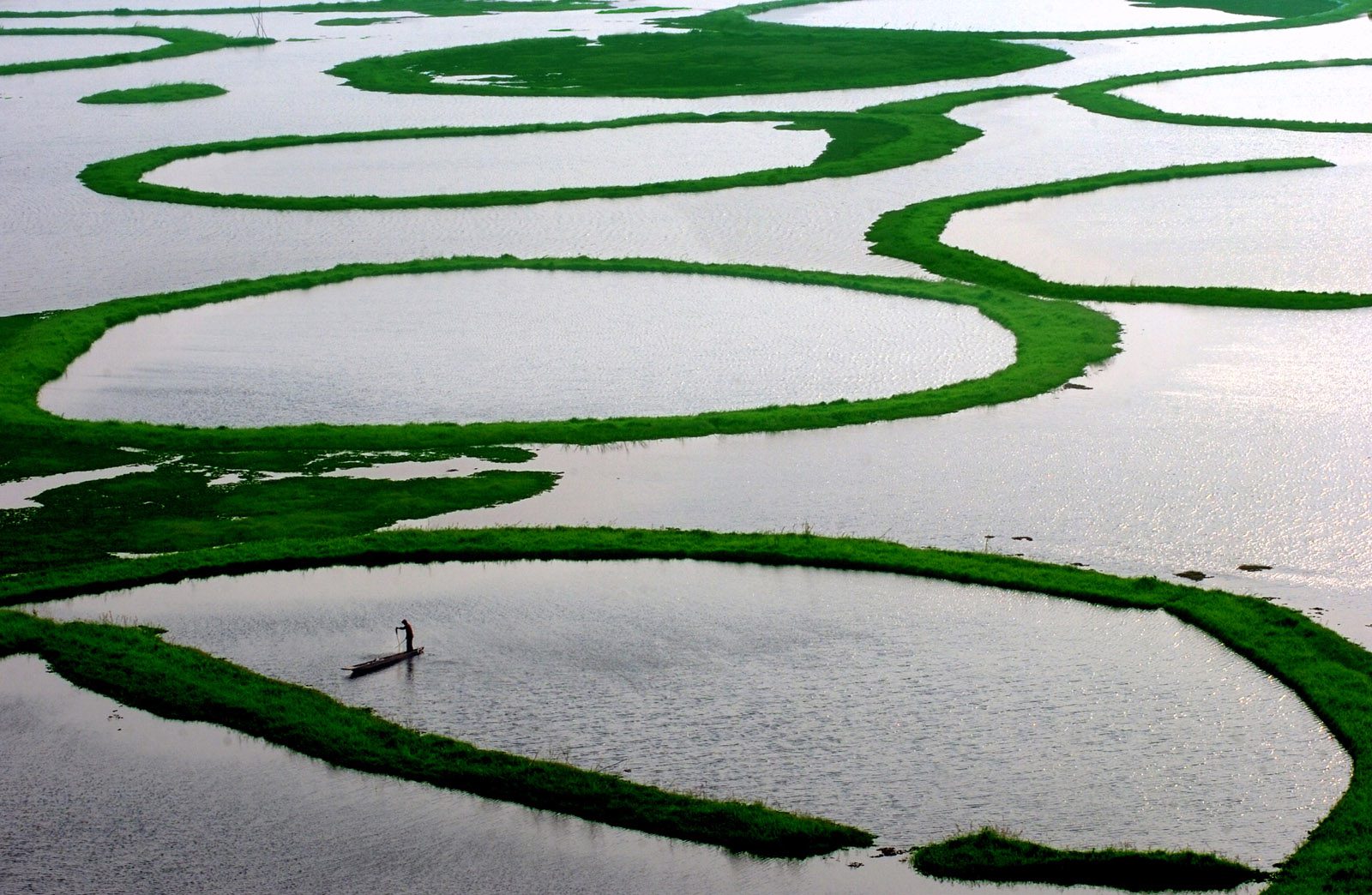
A fisherman searches for catch at Loktak lake in Manipur, India. It is also called the “Floating lake” due to the floating house on it. Photo: Sudiptorana
In the Mithilanchal region (north Bihar), Narayan Choudhary’s Talab Bachao Abhiyan has mobilized communities over the years. The campaign created awareness on encroachment and pollution of local ponds and pushed the government to take action.
Shweta Hule’s ’Swamini’ self-help group of ten women have been organizing a ‘mangrove safari’ for tourists in the Mandavi creek in Sindhudurg since 2017. This has been recognized as a model for community-led conservation through ecotourism. The state forest department has made efforts to replicate their model in other parts of coastal Maharashtra. Using local experiences and expertise, a robust policy can be drawn to transform the conditions of the wetlands in the country. Plans like MPD 2041 with a focus on water bodies and the land around them are the future of urban planning. These are referred to as the ‘green-blue policy’, where water bodies and land are interdependent, growing with the help of each other while offering environmental and social benefits. But DDA wants different agencies like the Delhi Jal Board, flood and irrigation department and municipal corporations to come together as stakeholders for this project. This is going to be a tough task, especially when it has no supervisory power over these bodies. The Space Applications Centre (SAC), Ahmedabad under ISRO and the Indian Council of Agricultural Research-Central Marine Fisheries Research Institute (ICAR-CMFRI), Kochi will jointly identify and demarcate wetlands smaller than 2.25 hectares across India’s coastline. They will protect the water bodies through the ‘coastal livelihood programs’ to build resilience against the impact of climate change.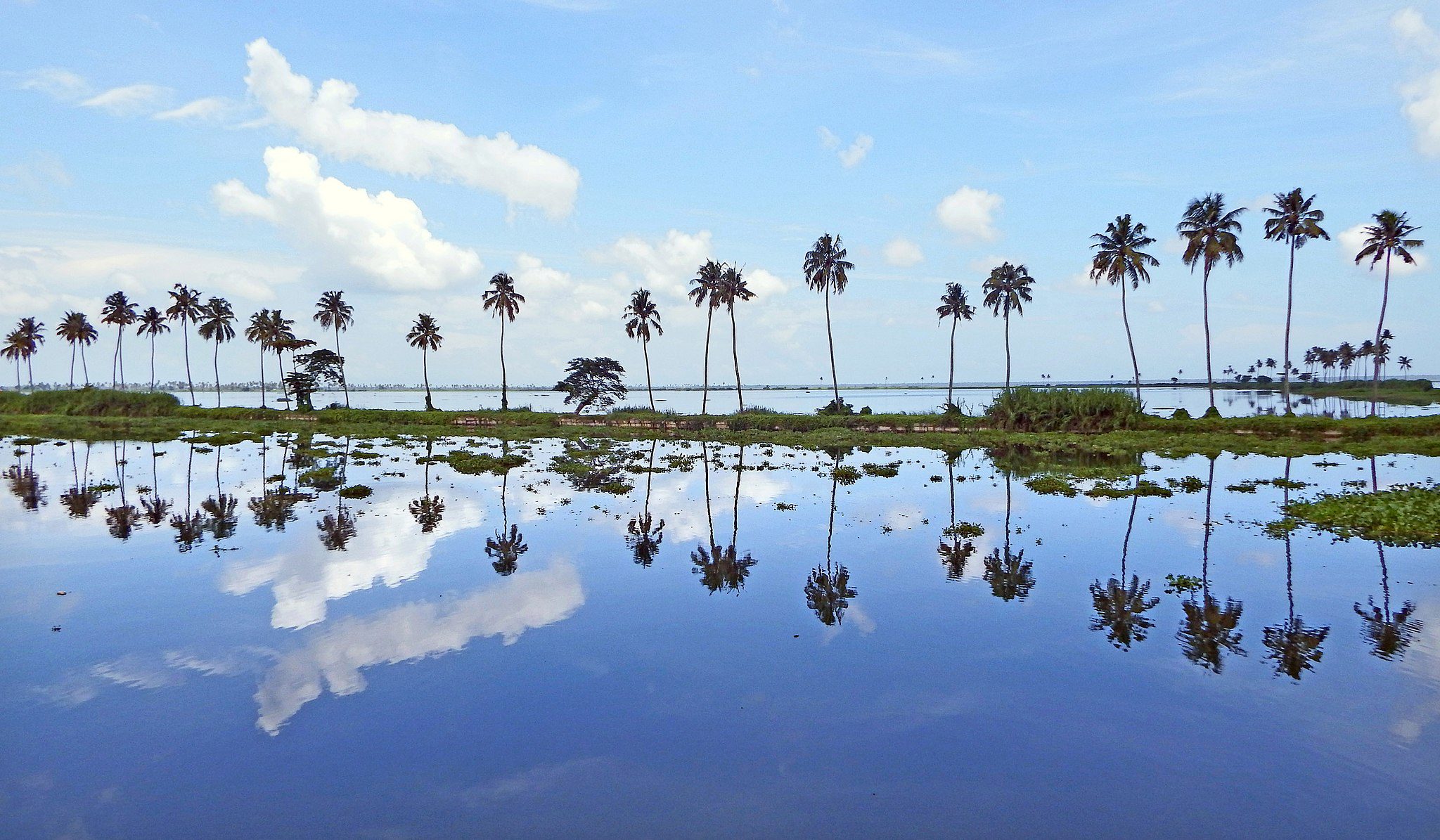
Vembanad Lake at Kumarakom. Photo: Rison Thumboor
